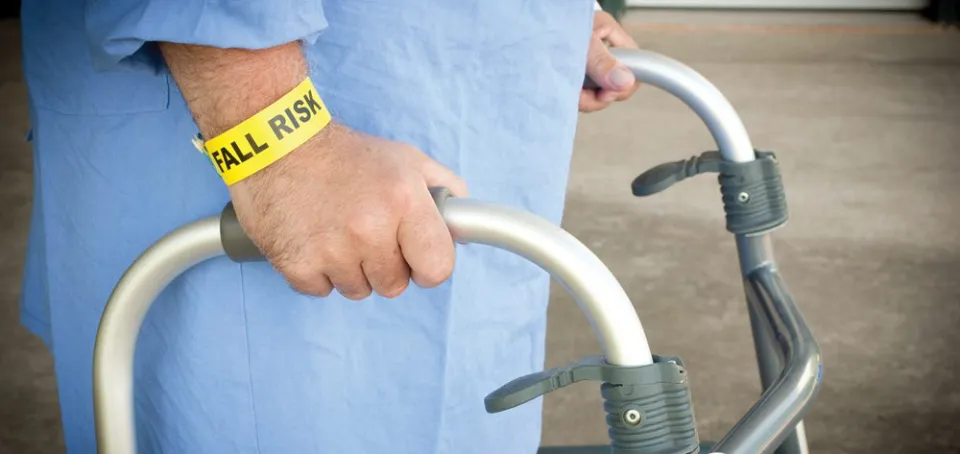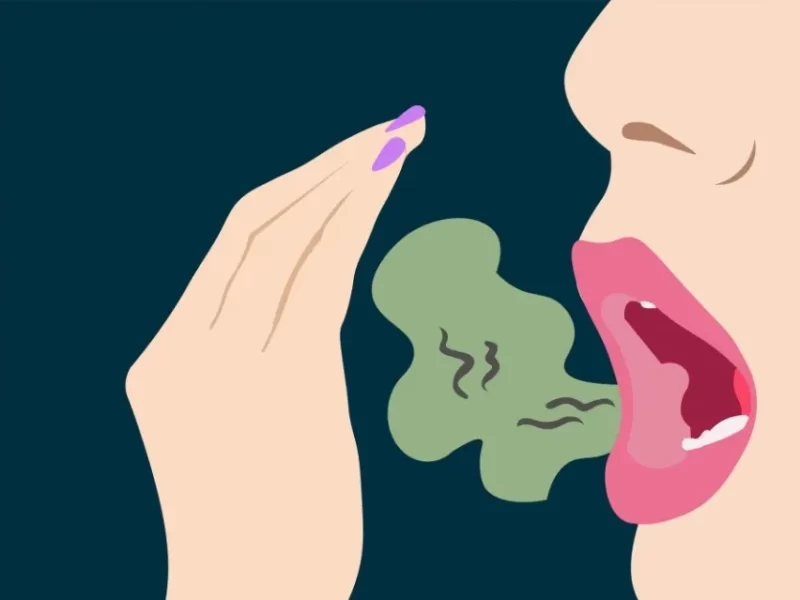Did you know that falls are the leading cause of death for seniors in America and the leading cause of trauma-related hospital admissions? In fact, falls cause more than 3 million injuries that are treated in emergency rooms each year, including more than 800,000 hospitalizations, according to the National Council on Aging. Falls are frequent, but many people might not know how to best assist someone who has fallen.
In order to protect the patient’s safety and their professional license in case of complications, nurses should follow these four steps, according to the American Journal of Nursing. Assessment, notification and communication, monitoring and reassessment, and documentation are these steps.
For specific steps, continue reading.
Why the Elderly Are Prone to Falls?
A patient may fall for a variety of reasons.
You might not have as good of hearing, eyesight, or reflexes as you did when you were younger.
Your balance may be affected by certain medical conditions, such as diabetes, heart disease, or issues with your nerves, blood vessels, feet, or thyroid.
Incontinence and other conditions that necessitate a quick trip to the restroom may raise the risk of falling. Elderly people who have mild cognitive impairment or specific types of dementia are more likely to fall.

Risk factors for falling include sarcopenia, an aging-related loss of muscle mass, balance and gait issues, and postural hypotension, a blood pressure drop that occurs too quickly when you stand up from a lying or seated position. Your risk of falling can also be increased by painful feet and unsafe footwear like high heels or backless shoes.
Due to their side effects, such as confusion or dizziness, some medications can raise a person’s risk of falling. The likelihood of falling increases as you take more medications.
Falls can also occur as a result of safety hazards in the home or community.
What to Do If a Patient Falls?
Assess the Patient
After a patient falls, the nurse should assess the patient right away. Ask the patient why they believe the fall happened and evaluate any accompanying symptoms before checking the patient’s vital signs, cranial nerve, skin trauma, changes in consciousness and cognition, and any other pain or tenderness that might have been brought on by the fall. It’s crucial not to move the patient before assessing them or presume there hasn’t been an injury.
Notify Patient’s Primary Care Provider
The primary healthcare provider of your patient and anyone else you are required to notify by your facility must be informed as part of the second step. Some facilities, for instance, also demand that you inform a relative. Another crucial step in preventing a second fall is to make sure that you alert all of the staff on the patient’s unit.
Monitor and Reassess Patient
The next action a nurse should take is to monitor and reassess their patient. Make sure you frequently check your patient’s vital signs and neurologic condition for at least 72 hours following their fall to ensure they have not sustained any additional injuries.
Documentation
Documentation comes as the fourth step. To safeguard your license, you must take this action. It aids in ensuring that your patient receives the proper nursing and medical care. Following the policies and procedures of your facility, be sure to include all observations, patient statements, assessments, notifications, interventions, and evaluations when documenting a fall. In addition, a lot of facilities demand that you file a separate incident report for each incident that occurs with a patient. This report must contain information about the patient’s history, the circumstances surrounding the fall, the assessment, the diagnosis, the intervention, and the result. Talk to your nurse manager or supervisor if you have any questions about the policies in place at your facility.

Possible Injuries from Falls
Soft Tissue Injuries
Soft tissue injuries can occur internally, which makes them not always obvious. Without a thorough examination, you might not even be aware that you have soft tissue damage for some time after the initial fall. Soft tissue injuries can range in severity from minor ankle and wrist sprains to debilitating tears in tendons and ligaments.
These soft tissue injuries, if untreated, can make you more susceptible to other injuries and complications as well as chronic pain. It’s crucial to seek medical attention right away even if you feel fine following a fall because soft tissue injuries don’t always show symptoms right away.
Broken Bones
One of the most frequent accidents that result from falls is broken bones. Depending on the location and severity of the injury, they can cause minor fractures to severe breaks that may require surgery. They are painful and frightening. In order to have a reasonable chance of recovery, the tissue surrounding the broken bones, for instance, may also be damaged, resulting in bleeding, swelling, and excruciating pain. This requires prompt medical attention.
Spinal Cord Injuries
The spinal cord can become damaged or compressed, resulting in spinal cord injuries. These kinds of injuries following a fall are almost always life-threatening and necessitate immediate medical attention as well as ongoing treatment. The extent of the damage will increase with the location of the injury in the spinal cord. Paralysis may result from severe spinal cord injuries.
Head Injuries (TBI and Concussions)
A fall is frequently the cause of head injuries. A medical emergency exists even with a head injury that seems minor. When you fall and hit your head, you frequently experience swelling, occasionally bleeding, and if concussions result, you might even briefly lose consciousness. If you wait, additional complications may arise and this needs medical attention right away.
While less severe traumatic brain injuries (TBIs), which can permanently impair your ability to function, usually heal on their own, more severe TBIs can happen. The symptoms alone cannot be used to diagnose head injuries, and some very serious head injuries initially only cause minor symptoms. So, regardless of how good you feel, you should always have a head injury examined by a medical professional.
Summary
Falling accidents can increase hospital costs and lengths of stay for patients, but they can also cause patients’ mobility to decline, their functions to be lost, and more falls. Nurses must act quickly and safely if a patient does fall.



